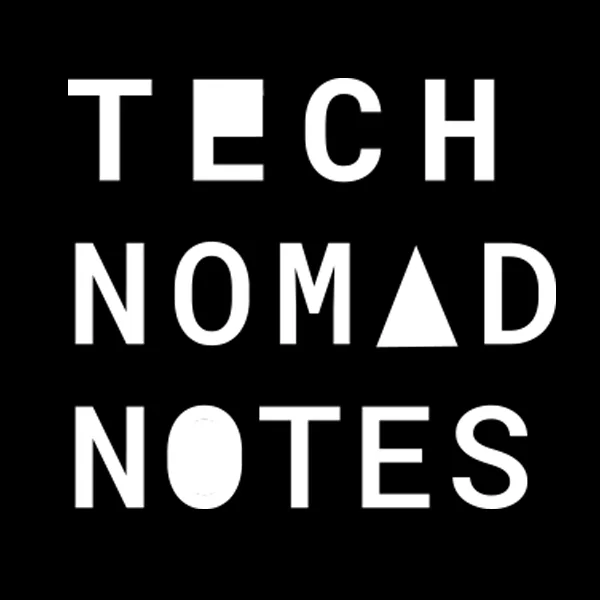by olya green
Devs do something.
With the likes of Solana, Avalanche, and NEAR rising in the blockchain arena, 2021 has truly become the year of alternate layer-ones. No wonder. The ever-growing transaction fees on the world’s biggest blockchain raise an unsettling question: will Ethereum finally find a way to scale the transaction execution, or keep failing to accommodate the emerging use cases for data-rich Dapps?
While the promise of Ethereum 2.0 is alluring, its node design in fact prevents rapid-fire transactions per account, and the execution layer business logic needs to accommodate the state reversion. It’s Ethereum’s limited computation model that brings along high fees and severely bottlenecked throughput, with gas spent to skip ahead of the line, rather than paying for the actual production cost of running a node.
How exactly are purpose-built chains better?
What every business really wants from a blockchain is cryptographic certainty. To leverage the distributed ledger tech for more agility and speed, you need to carefully consider all the limitations of smart contract functionality for a specific business use case. Just like everything else, there is no one-size-fits-all — some chains work better than others for certain use cases and applications.
‘Companies can determine whether they should invest in blockchain by focusing on specific use cases and their market position’. Blockchain beyond the hype: What is the strategic business value? McKinsey
Public chains purpose-built for specific applications have proved their cost-effectiveness and immediate business value for companies. By incorporating the feature requests and elements into the core chain architecture, these platforms make it possible to address some industry-specific requirements at the protocol level. Examples include Algorand with its native protocol-level integration for financial instruments targeting the financial use case, Flow specifically designed to store in-game NFTs, and securities-specific Polymesh, built to address the issues with identity and compliance on capital markets.
First scalable blockchain to make informal interactions trusted.
Now, to zoom out a bit: what are the applications beyond DeFi and NFTs that are still not addressed by a dedicated chain? We will explore the use case of informal operational data that remains largely uncaptured and unverified today. But what are these exactly? Everyday agreements and transactions, social media interactions, and other informal interactions that are hard to track due to their smaller scale and informal character. Unlike commercial, legally-binding contracts that are put on the record by sophisticated software (think Salesforce and other CRM systems), informal operational data and social signals remain buried in messengers, Slack chats, Twitter threads, and Telegram channels.
Taraxa aims to solve this by using immutable audit logs to capture and record off-chain unstructured transactional agreements right where they occur (chat messengers, collaboration platforms, etc.), ultimately making them more transparent and trustworthy. The platform makes it possible to measure a person/entity’s reputation by pulling off-chain signals (who does business, how often, etc.) from informal transactions into a quantified reputation system running atop a public blockchain ledger built specifically for the audit logging use case.
Under the hood, there are network architecture choices specifically made to deliver highly parallelizable, stateless audit logging:
Audit logging requires a massive scale: block DAG topology has sub-second inclusion latency and enables simultaneous transactions per account at a time.
Audit logs are stateless: concurrent execution takes advantage with no risk for conflicts.
Audit logs require true finality: Taraxa never forks and has no state reversions.
Possible applications of audit logging of transactional data (contracts, party commitments, and such) include clear and measurable reputation profiles for financial institutions, fintech solutions, social communities, and any other contractual relationship, thus adding an extra layer of trust to mitigate operational and financial risks. The solutions hold promise for more interesting applications, such as quantifying off-chain reputation, social media interactions, credit scoring for uncollateralized lending in DeFi, and more.


